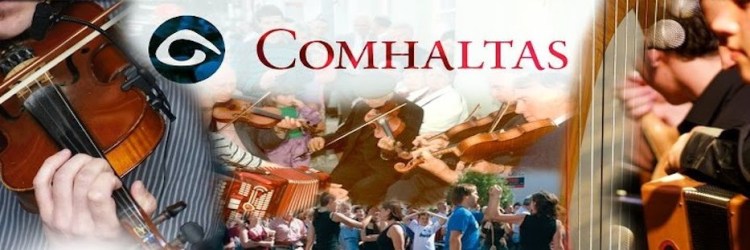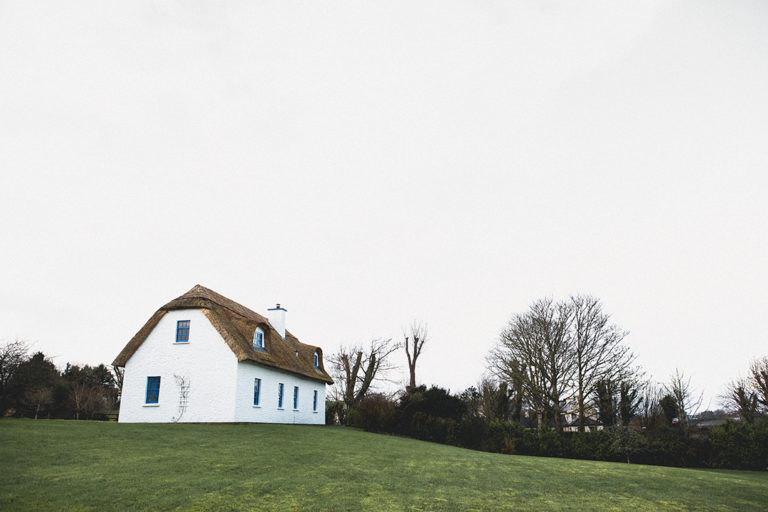By Quin Herron
Comhaltas Ceoltóiri Éireann began in January 1951, when representatives of the Thomas Street (Dublin) Pipers’ Club went to nearby Mullingar, County Westmeath, for a meeting with traditional music enthusiasts. At the time, Irish music was well loved among the ordinary people of the country, but was unappreciated in popular social and intellectual circles, and the musicians saw a tradition in decline. Why in decline? The answer to that question may be a matter of place.
You may be most familiar with Irish music played at the music festival, in the concert hall, or at the local pub, but traditional music is most “at home” in the home. For generations, traditional music was (and still is) handed down from parent to child. Musicians would gather at each other’s houses, at the “public house,” and were sometimes hired for weddings, but there was no forum dedicated to showcasing traditional music for its own sake until Comhaltas organized the first Fleadh Cheoil. The Fleadh Cheoil (flaw kyohl), is literally translated “feast of music,” a music festival. The first Fleadh took place in May of 1951, and it, along with Comhaltas, has been growing ever since.
Through classes, weekly sessions, and community events, Comhaltas Ceoltóiri Éireann has created a public space to celebrate an art which was traditionally learned privately. It has helped make Irish music more accessible for people of all ages and backgrounds throughout the world, from Tokyo to Buenos Aires to sunny San Diego.
Comhaltas Ceoltóiri Éireann (COAL-tas kyohl-TOE-ree AIR-in) is usually translated as the Society of Irish Musicians, but there is a little more to the story. The original name was Cumann Ceoltóiri Éireann. Cumann means friendship in Irish, but Comhaltas literally translated means “joint fosterage,” in the agricultural sense of a group of people coming together to help something grow. If Comhaltas had remained a cumann, it might have become an insular clique interested only in practicing and performing. As a comhaltas, our members strive to grow Irish traditional music throughout the world, so that all are welcome to share in its joy.
Written by Quin Herron




